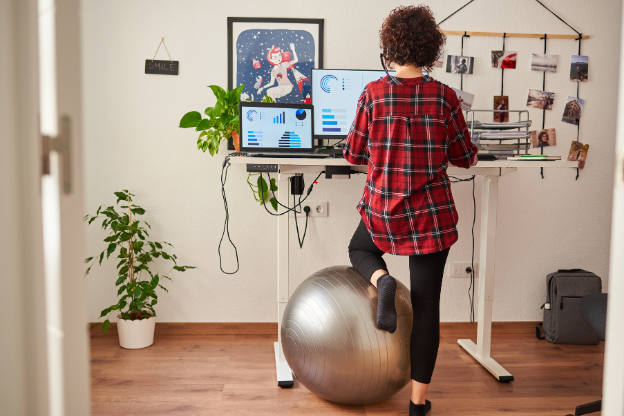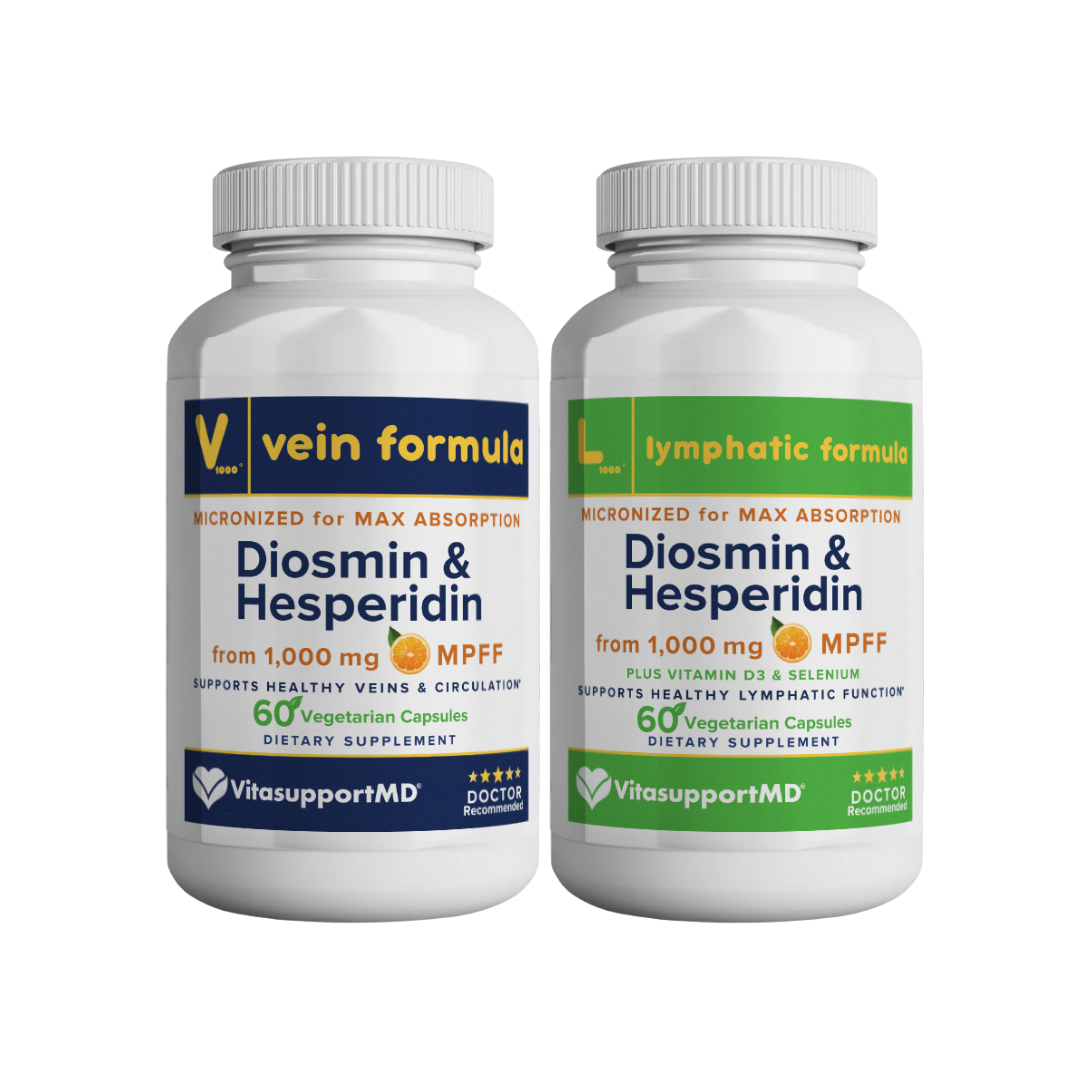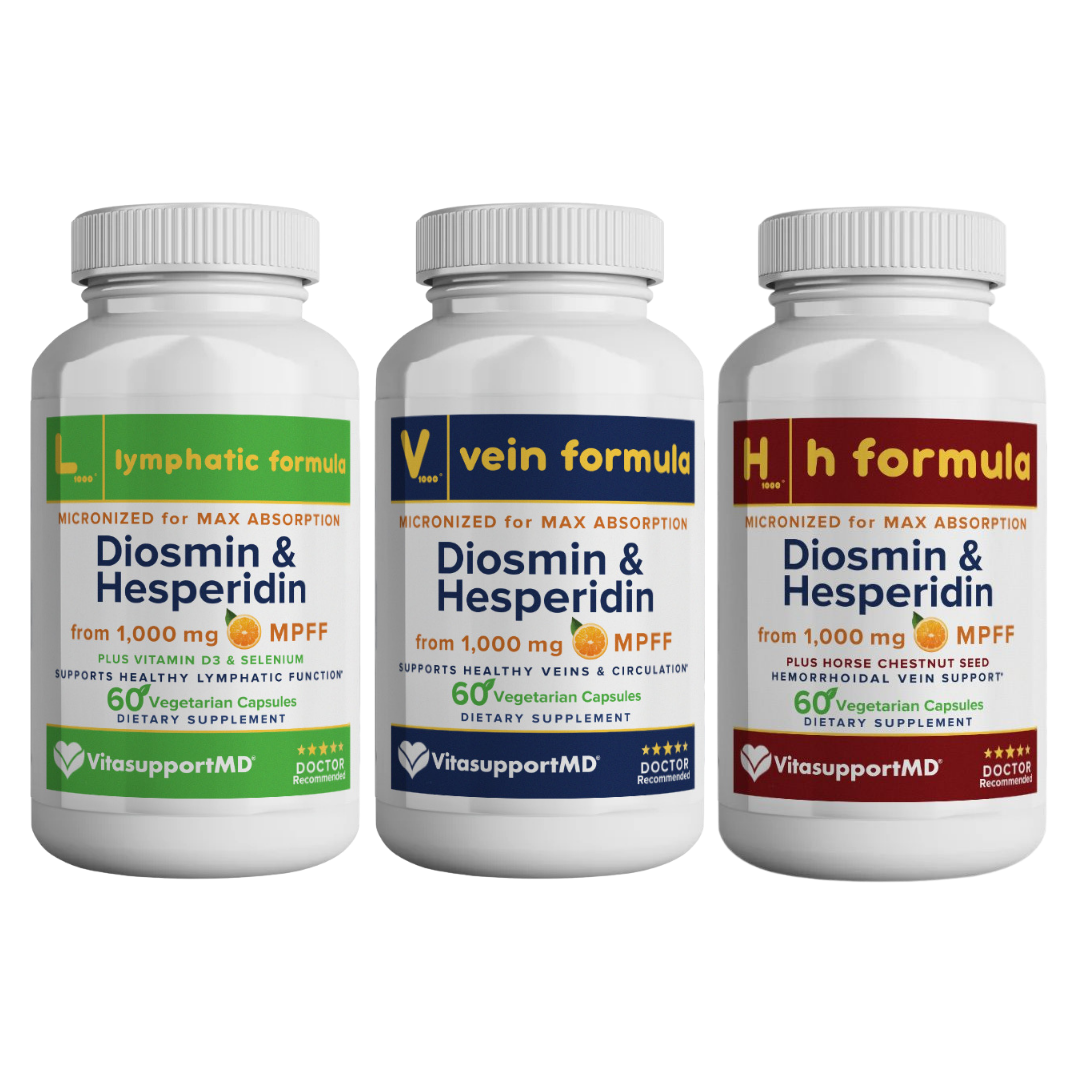
Sitting Too Long This Summer? How to Support Leg Circulation at Your Desk
In today's digital workplace, millions of professionals spend 8-10 hours a day seated at desks, often unaware of how this sedentary lifestyle affects their circulatory health. Poor leg circulation has become increasingly common, with studies showing that desk workers should take breaks every 45 minutes to support leg health. This comprehensive guide explores evidence-based strategies to support healthy circulation while maintaining productivity at your workspace.
Understanding how prolonged sitting affects blood flow and implementing targeted interventions can help support normal fluid balance in the legs and promote overall cardiovascular wellness. Whether you're working from home or in a traditional office setting, these practical approaches may help improve your comfort and long-term health outcomes.
Understanding Circulation and the Impact of Prolonged Sitting
How Your Circulatory System Functions
The human circulatory system operates as a complex network designed to transport oxygen, nutrients, and waste products throughout the body. Blood circulation relies on the heart's pumping action, arterial pressure, and the assistance of muscle contractions to maintain proper flow. When functioning optimally, this system ensures that all tissues receive adequate oxygenation and nutritional support.
Leg circulation faces unique challenges due to the effects of gravity on blood flow. The venous system in the lower extremities depends heavily on muscle contractions, particularly in the calf muscles, to assist in returning blood to the heart. This mechanism, often referred to as the "muscle pump," becomes less effective during prolonged periods of inactivity.
The Physiological Effects of Desk Work
Modern desk work creates several conditions that may negatively impact circulation. Prolonged sitting positions can compress blood vessels, particularly in the hip and thigh areas, potentially restricting blood flow to the lower extremities. When you sit for long periods, your circulatory system slows down, allowing blood to pool in your legs, which can lead to circulation issues.
The gravitational effects of sitting can cause blood to accumulate in the lower legs. Additionally, prolonged sitting often involves minimal muscle activity in the lower body, resulting in reduced assistance for venous return, the process by which blood travels back to the heart through the veins.
Risk Factors and Warning Signs
Several factors may increase the likelihood of experiencing circulation-related issues from desk work. Age plays a significant role, as circulation efficiency naturally decreases over time. Environmental factors such as temperature extremes, dehydration, and restrictive clothing can also impact circulation.
Evidence-Based Strategies for Improving Desk-Based Circulation
Movement and Break Protocols

Regular movement represents the most effective intervention for supporting healthy circulation during desk work. Research suggests taking breaks every 45 minutes to walk around periodically, providing both physical and mental benefits. These movement breaks activate the muscle pump mechanism, helping to propel blood back toward the heart.
The timing and duration of breaks can significantly impact their effectiveness. Short, frequent breaks often prove more beneficial than longer, less frequent ones. A typical protocol might involve 2-3 minutes of movement every 30-45 minutes, with longer breaks every 2-3 hours for more comprehensive circulation support.
During movement breaks, engaging in activities that specifically target the lower body can maximize circulation benefits. Simple actions, such as walking to a water fountain, taking the stairs instead of the elevator, or performing standing stretches, can help activate dormant muscle groups and promote blood flow.
Desk-Based Exercise Techniques
When leaving the desk isn't feasible, several exercises can be performed while seated to support circulation. Leg extensions while seated can help activate leg muscles and promote blood circulation by engaging muscle groups that assist in venous return.
Ankle circles represent another effective seated exercise. Lifting one foot off the ground and rotating the ankle in circular motions for 10-15 seconds in each direction can help stimulate blood flow in the lower legs. This exercise is especially useful as it can be done discreetly during meetings or phone calls.
Calf raises, performed by lifting the heels while keeping toes on the ground, followed by toe raises with heels planted, can help activate the calf muscle pump. These alternating movements create a pumping action that may help support circulation in the lower legs.
Seated marching involves alternately lifting knees toward the chest while maintaining proper posture. This exercise engages hip flexors and core muscles while promoting blood flow throughout the lower body. Performing 1-2 minutes of seated marching can provide significant circulation benefits.
Workspace Ergonomics and Positioning

Proper workspace setup plays a crucial role in supporting healthy circulation during desk work. Chair height should allow feet to rest flat on the floor with knees at approximately 90 degrees. When this position isn't achievable due to desk height constraints, a footrest can help maintain proper leg positioning.
Avoiding leg crossing is essential for maintaining good circulation. This position can compress blood vessels and restrict flow to the lower legs. Instead, keeping both feet flat on the floor or footrest with legs uncrossed promotes better circulation.
The depth of the chair seat should allow 2-3 inches of space between the back of the knees and the chair edge. This spacing prevents pressure on the blood vessels behind the knees while maintaining adequate support for the thighs.
Advanced Circulation Support Methods
Hydration and Nutritional Considerations
Proper hydration plays a fundamental role in supporting healthy circulation. Blood viscosity increases with dehydration, making it more difficult for the circulatory system to transport blood efficiently throughout the body. Maintaining adequate fluid intake helps ensure optimal blood flow characteristics.
Most health authorities recommend 8-10 glasses of water per day as a general guideline. During desk work, keeping a water bottle within easy reach can help maintain consistent hydration levels. While moderate caffeine consumption is generally acceptable, excessive intake can contribute to dehydration and may affect blood pressure.
Nutritional factors also influence circulation health. Foods rich in antioxidants, such as berries, leafy greens, and nuts, may help support vascular health. Omega-3 fatty acids, found in fish and flaxseeds, may contribute to healthy blood flow characteristics.
Temperature and Environmental Factors

Environmental temperature can significantly impact circulation efficiency. Cold temperatures cause blood vessels to constrict, potentially reducing blood flow to extremities. Maintaining a comfortable workspace temperature helps support optimal circulation.
For individuals who experience cold feet during desk work, wearing appropriate footwear and using small space heaters or heated footrests may help maintain comfort. Air quality and ventilation also play a role in cardiovascular health, as poor air quality can affect oxygen levels in the blood.
Compression and Support Garments
Graduated compression garments can provide additional support for circulation during prolonged sitting. These specially designed socks or stockings apply gentle pressure that decreases from ankle to calf, helping to support the natural flow of blood back toward the heart.
The effectiveness of compression garments depends on proper fit and appropriate compression levels. Medical-grade compression stockings are available in various compression strengths, with lighter compression (15-20 mmHg) suitable for general circulation support during desk work.
While compression garments can provide benefits, they should complement rather than replace other circulation support strategies. Combining compression wear with regular movement, proper hydration, and good workspace ergonomics typically provides the most comprehensive approach.
Natural Supplements and Supportive Measures
Understanding Circulation-Supporting Compounds
Various natural compounds have been clinically studied for their potential to support healthy circulation. Flavonoids, such as diosmin and hesperidin, found in many fruits and vegetables, may help support vascular health and normal blood flow. These compounds are often available in the form of a vein support supplement for individuals seeking additional support for their circulation.
Clinically studied ingredients such as Micronized Purified Flavonoid Fraction (MPFF) have shown promise in supporting vein health and circulation. These compounds may help support blood vessel wall health and maintain normal fluid balance in the legs, which is particularly beneficial for individuals experiencing discomfort from prolonged sitting.
Diosmin and hesperidin, in particular, are widely recognized as key ingredients in vein health supplements, as they may support vascular tone and healthy vein function. Other compounds, such as horse chestnut seed extract and Butcher's Broom, have traditional uses in supporting circulation.
While these supplements can help support circulation, it's essential to consult healthcare professionals before beginning any supplement regimen to ensure safety and appropriateness for individual needs.
Integration with Lifestyle Approaches
Supplements are most effective when used in conjunction with lifestyle modifications, rather than as standalone solutions. Maintaining regular movement, proper hydration, and good workspace ergonomics provides the foundation for circulation health, with supplements potentially offering additional support.
The quality and purity of supplements vary significantly between manufacturers. Choosing reputable brands that undergo third-party testing and possess quality certifications helps ensure that supplements contain the stated ingredients in the appropriate amounts.
Lifestyle Integration and Professional Guidance
Creating Sustainable Habits
Developing sustainable circulation-supporting habits requires gradual implementation and consistency. Starting with small, manageable changes increases the likelihood of long-term success. For example, beginning with 30-second movement breaks every hour can gradually progress to longer, more frequent breaks.
Habit stacking involves linking new circulation-supporting behaviors to existing routines. Environmental cues, such as placing sticky notes on the computer monitor or setting a phone alarm, can help reinforce positive habits and provide external motivation for maintaining behaviors that support circulation.
Technology and Monitoring

Various technological tools can support circulatory health during desk work. Fitness trackers and smartwatches often include movement reminders and can track daily activity levels. Smartphone apps designed for desk workers can offer guided exercises, stretching routines, and reminders to move.
Ergonomic accessories such as adjustable footrests, lumbar support cushions, and standing desk converters offer opportunities to optimize workspace positioning and alternate between sitting and standing throughout the workday.
Conclusion
Supporting healthy leg circulation while working at a desk requires consistent implementation of simple, evidence-based strategies. Regular movement breaks, desk exercises, proper workspace ergonomics, a diosmin and hesperidin supplement, and adequate hydration form the foundation of effective circulation support during prolonged sitting.
The key to success lies in starting small and building sustainable habits over time. Begin with setting movement reminders and performing basic ankle circles, then gradually incorporate additional strategies as they become routine. These small, consistent actions can lead to significant improvements in comfort and energy levels throughout the workday.
Remember that individual needs may vary, and listening to your body while monitoring your response to different approaches ensures safe and effective circulation support. By prioritizing circulation health during desk work, you're investing in both immediate comfort and long-term wellness that can help support normal fluid balance in the legs and promote overall well-being.

Frequently Asked Questions
How often should I take breaks from sitting to support circulation?
Health experts recommend taking movement breaks every 30-45 minutes during prolonged sitting. Each break should last 2-3 minutes for optimal circulation benefits. These frequent, short breaks are often more effective than longer, less frequent ones for supporting healthy blood flow and may help reduce leg discomfort.
Can desk exercises really make a difference in circulation?
Yes, desk exercises can provide significant circulation benefits. Simple exercises like ankle circles and leg extensions while seated can help activate leg muscles and promote blood circulation. While these exercises may not replace regular physical activity, they can help support circulation during periods of prolonged sitting.
extra support for circulation during prolonged periods of
Do compression socks help with circulation during desk work?
Compression socks can provide additional support for circulation during prolonged sitting. Graduated compression garments work by applying gentle pressure that decreases from the ankle to the calf, helping to support the natural flow of blood back toward the heart. They should be properly fitted and used as part of a comprehensive circulation support strategy.
How much water should I drink to support circulation while working at a desk?
Most health authorities recommend drinking 8-10 glasses of water daily, although individual needs may vary based on factors such as body weight and activity level. Proper hydration helps maintain healthy circulation, as dehydration can increase blood viscosity. Keeping a water bottle at your desk and taking regular sips throughout the day can help maintain optimal hydration levels.
Compartir











